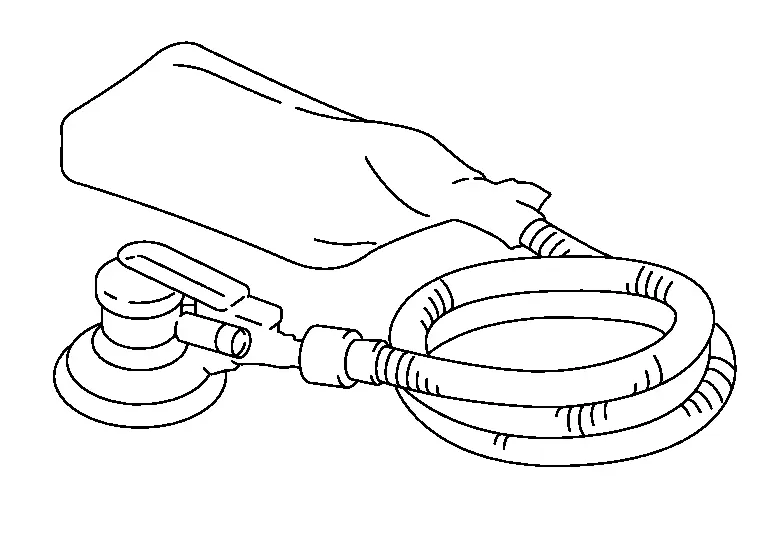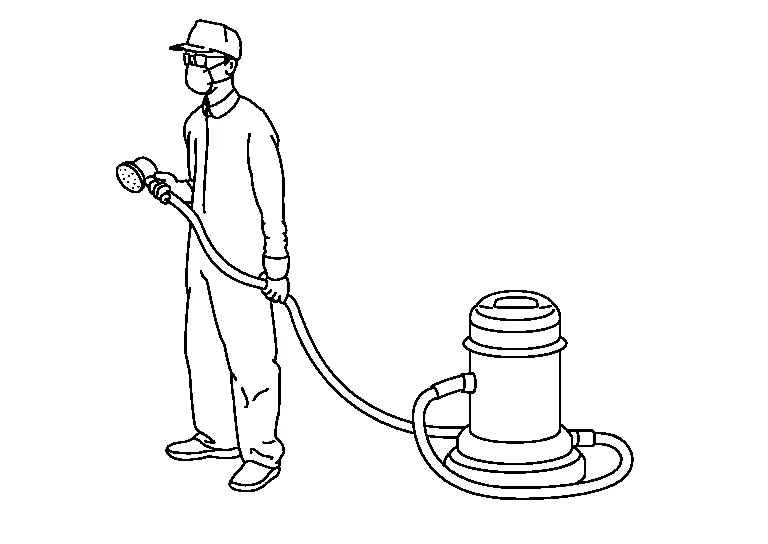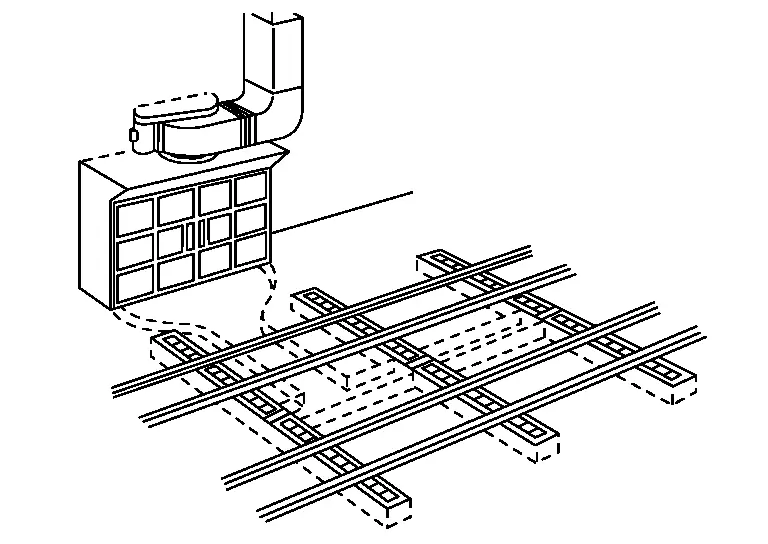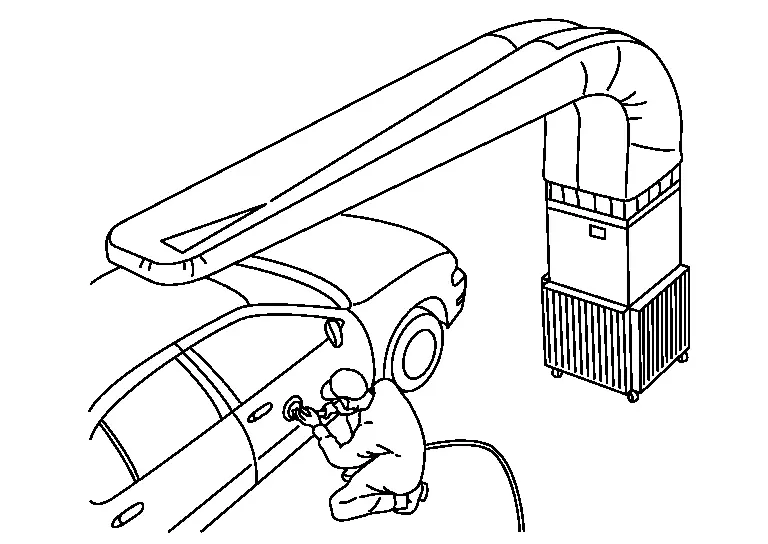Nissan Pathfinder: Service Information - Safety and Health ++
Precautions for Operation
Precautions for Operation
In body repair, great importance is attached to quality, efficiency and cost. Consideration for workers' safety and health should, however, be deemed as the most important item. In reality, it is essential that measures be established to prevent accidents and to make the work environment safer and healthier.
Protectors
-
While working, suitable work clothes, a work cap and safety shoes must be worn. To prevent burns, a long sleeve shirt and trousers must also be worn and must not be taken off under any circumstances.
-
Use welding respirator
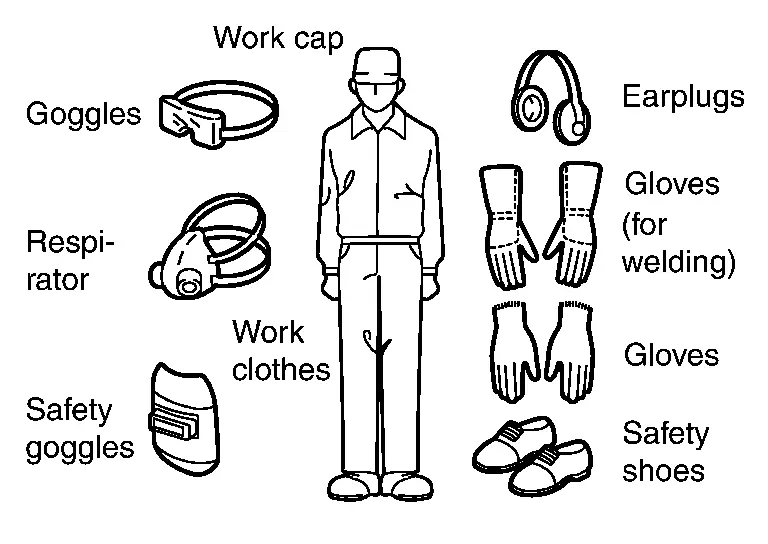
-
Keep work clothes clean. Do not keep a lighter or other flammable materials in pockets.
-
During oxygen and acetylene gas welding, to protect eyes wear goggles according to the quantity of infrared rays.
-
During arc welding, to protect eyes wear a safety goggles with a shading plate according to the quantity of ultraviolet rays.
-
Gloves, apron, foot covers, earplugs and arm covers should be used to prevent burns.
Safety Section
The occupational safety regulations include provisions on preventative measures for avoiding damage and accidents. As the occupational safety regulations are country- specific, this document only lists general information on occupational health and safe- ty for working with steel. The general, non-material-specific protection and hygiene measures in the workshop must always be observed.
Protective equipment
The following table provides an overview of the general personal protective equipment for material processing:
| Protective equipment | MAG welding | Spot welding | Sanding / Grinding & Cutting |
| Protective shoes | X | X | X |
| Work clothing | X | X | X |
| Safety goggles | X | X | |
| Welding gloves | X | ||
| General protection gloves | X | X | |
| General apron | |||
| Latex gloves | |||
| Fine dust mask | X | ||
| Breathing protection with filter* | |||
| Ear defenders | X | ||
| Welding apron, clothing suitable for welding | X | X | |
| Welding shield, welding mask | X |
*only if there is insufficient ventilation
The up-to-date guidelines and notes in the workshop information system ISTA must always be observed. In addition to the general protective equipment, country-specific provisions must also be complied with where applicable.
Working area
A safe and high-quality working environment requires cleanliness and order. When processing steel components, workers must always not only ensure that they themselves are safe, but also that other work bays and employees are not put at risk.
| Protective equipment | MAG welding | Spot Welding | Sanding / Grinding & Cutting | Bonding |
| Partition walls, protective curtains | X | X | X | |
| Welding emission extraction | X |
A fire extinguisher must always be close to hand during work with a raised level of fire risk for example MAG welding.
The up-to-date guidelines and notes in the workshop information system ISTA must always be observed. In addition to the general protective measures for the working area, country- specific provisions must also be complied with where applicable.
Tools
The general and country-specific safety regulations for work with tools for processing metal must be complied with.
The general safety regulations are:
-
Do not clean tools with compressed air.
-
Do not use abrasives that have already been used for processing aluminum.
-
Always separate tools for steel processing and aluminum processing.
Environment
The proper disposal and recycling of materials are described in the environmental protection law. The laws serve to protect natural resources and preserve the environment. Environmental protection laws are regulated on a market-specific basis.
Recycling
Scrap metals from vehicles are largely recyclable. The steel is added to the steel production process.
To separate the various materials in the body shell, the body shell is compressed into a bundle and shredded. The shredded material is separated into ferrous metals, non- ferrous metals and other materials. This is done with the sink-float method using their different weights.
Safety Stand
After jacking up a vehicle body, be sure to support it with the safety stand. For the supporting positions, refer to “Lifting Points” in the Service Manual for each model.
Inflammables
-
Before starting repair work, be sure to disconnect the negative terminal of the battery.
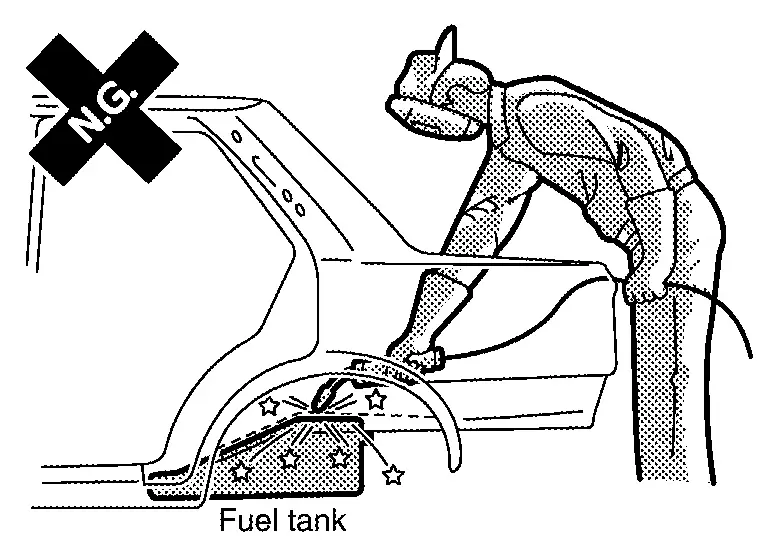
-
When welding parts near the fuel tank fuel filler, be sure to remove the fuel tank. Plug the filler port of the tank.
-
Plug the fuel pipe and brake pipes to avoid leakage when removing connectors from the pipes.
Working Environment
-
Pay attention to ventilation and the health of workers.
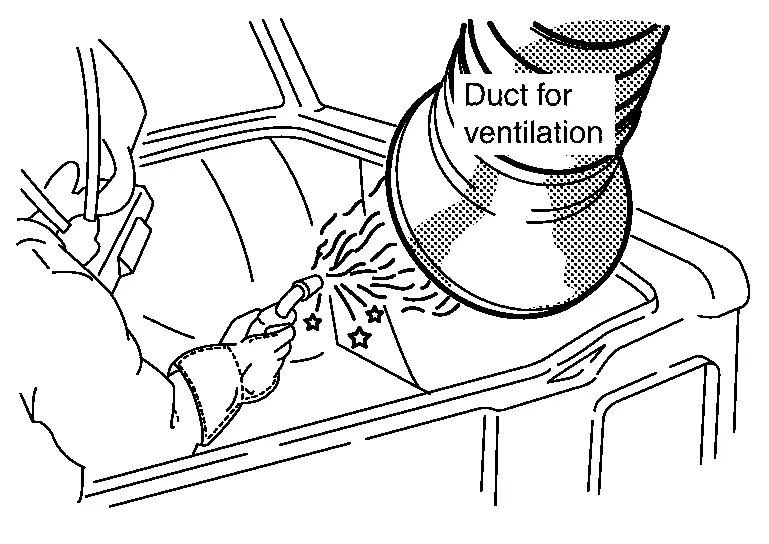
-
Paint and sealant may generate poisonous gases when heated by fire. To prevent this, do not use a gas welder for cutting off damaged portions.
-
Use an air saw or an air chisel.
-
Use a belt sander or rotary wire brush for removing paint from the panel.
Handling of Welding Equipment
(1) STORAGE OF GAS CYLINDERS
-
In a well ventilated area, post a “No Fire” sign.
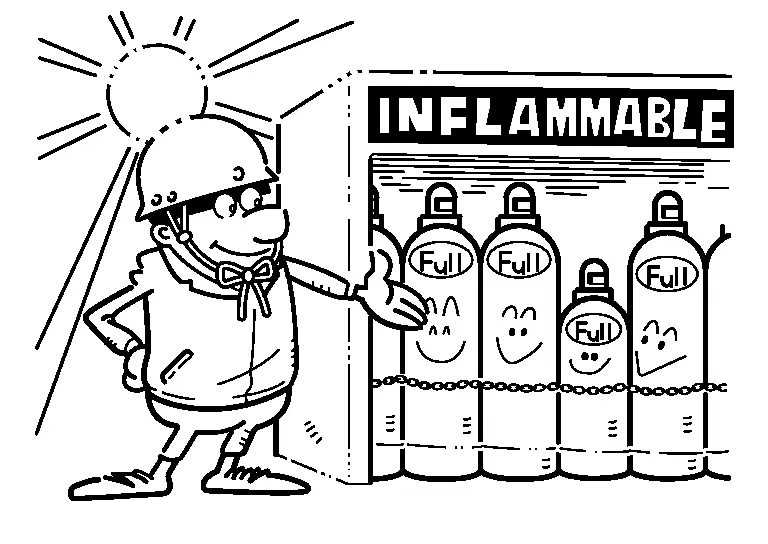
-
Avoid the direct rays of the sun. Maintain temperature below 40°C (104°F).
-
Inflammable gas cylinders and oxygen cylinders must not be stored in the same place.
-
Acetylene cylinders must be stored upright. Check that they cannot fall down.
(2) MOVEMENT AND TRANSPORTATION OF CYLINDERS
-
Be sure to properly close the valve and securely install the cap.
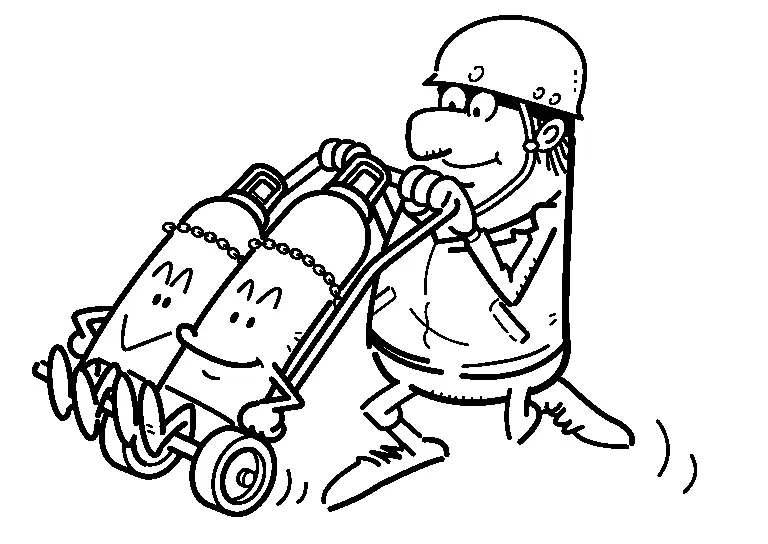
-
Do not drag or roll the cylinder.
-
Use a cylinder transportation cart.
-
When moving, tilt the cylinder slightly and roll it carefully on the bottom edge with one hand while supporting its cap with the other hand.
(3) USE OF CYLINDERS
-
The cylinder valve must be kept clean and free from oil.
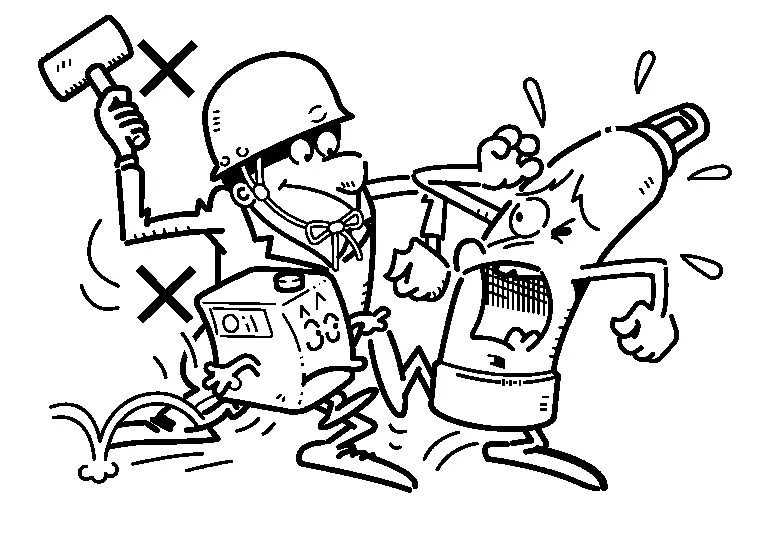
-
After opening the cylinder, leave the open-end wrench attached to the valve so it can be turned off quickly in an emergency.
-
When the cylinder is replaced, open the valve of the new cylinder slightly and remove dust from around the valve seat.
-
To check the cylinder for leakage, apply soapy water.
-
The valve should be fully open for oxygen and open 1.5 turns or so for acetylene.
-
To prevent the cylinder from falling down, ensure that it is properly secured.
-
And never give a shock to the cylinder.
(4) HANDLING OF THE PRESSURE REGULATOR
-
Always handle the pressure regulator with care and avoid impact.
-
Inspect the regulator periodically (at least once a year).
-
After use, purge the gas, and set the gauge to “0” (except the indoor type pressure regulator).
(5) HANDLING OF WATER-SEALED SAFETY DEVICES
-
This device must be installed vertically. Check the water level every morning.
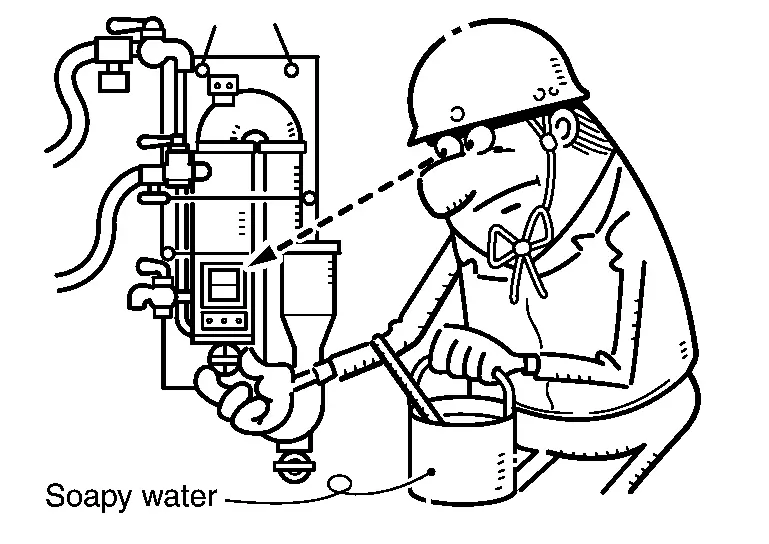
-
In case of freezing, antifreeze solution can be added.
(6) HANDLING OF HOSES
-
All hoses must be checked before use for flaws or leaks.
-
Never use the pipe coupling made of copper or 70% copper alloy for the acetylene hose.
-
Do not use compressed oxygen to clean the gas hose.
-
Do not use any hose that has experienced backfire.
(7) HANDLING OF THE TORCH
-
Keep the torch clean and free from oil.
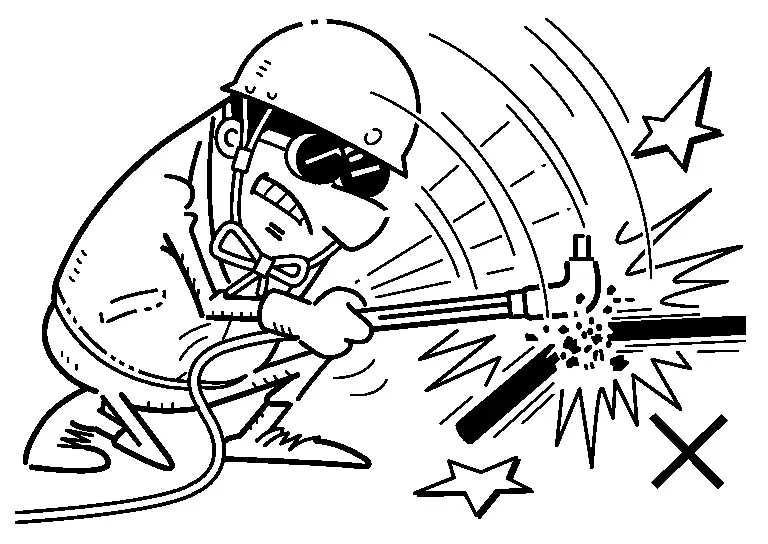
-
To replace the nozzle, use a special tool.
-
Do not use the torch as a hammer, etc..
-
Do not place it directly on the ground or on the floor.
-
Check suction of the torch at the end of the inflammable gas pipe coupling.
(8) DANGER OF ARC WELDING ELECTRICAL SHOCK
-
Keep cables and connections in good shape.
-
Do not place machine in a wet place. Do not stand in a wet place when welding.
-
Electrically ground welder. The vise clamp is not an electrical ground connection.
Working with Body Straightening Equipment
Use of Protectors
-
Use of work clothes should be the same as for “PROTECTORS”. Refer to Protectors.
-
Wear a safety helmet and safety shoes.
-
When working under a Nissan Pathfinder vehicle or when using a grinder, wear goggles.
Precautions while Working
-
To prevent danger in case the clamp slips or the panel breaks, be sure to apply a safety chain. Be careful not to stand near the area where the chain is stretched.
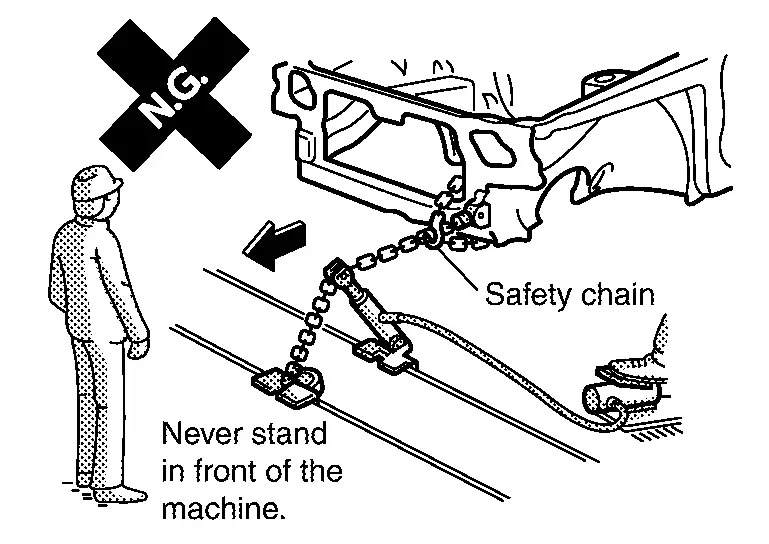
-
To prevent danger, any excessive slack in the safety chain must be taken up and properly wound.
-
Do not wear a working glove on the hand that is hammering.
-
Cracked glass must be removed or taped to prevent separation.
-
Any cut panels must be protected with cloth or tape.
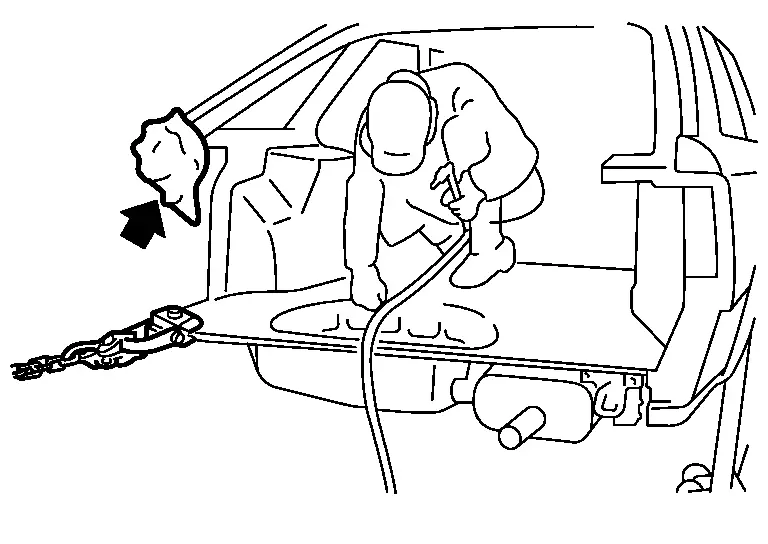
Protection of Vehicle
-
The seats and glass must be removed or covered with incombustible material, according to the type of work to be done, to prevent contamination and welding spatter.

-
When removing parts, utilize padding (cloth) or protective tape.
Working with Grinding the Body Filler (putty)
Danger from Dust
If workers continue to inhale dust generated during paint film removal or body filler grinding work for long periods, they may suffer from respiratory insufficiency, which results in pneumoconiosis or asthma.
Precautions during Dust Generating Work
-
Workers must use a sander equipped with a dust collecting function.
-
Workers must work in the facilities where a dust collector is installed on the floor or the wall.
Protector and Equipment
(1) DUSTPROOF RESPIRATOR
-
This is an important protector to prevent workers from inhaling dust.
-
The cup type, gauze type, and other types of respirators are available.
-
The respirators with the deodorizing function which utilizes activated carbons, or with the exhaust valve to release air can be selected.
-
In order to maximize the respirator performance, be sure to cover your nose and mouth.
-
Do not use the respirator whose useful life has expired. This is because the function of the respirator has been deteriorated.
(2) DUSTPROOF GOGGLES
-
Dustproof goggles prevent dust from entering workers' eyes.
-
Goggles which can be worn on top of ordinary eyeglasses are also available.
(3) DUST COLLECTOR
| Dustproof sander equipped with dust collecting bag | Dustproof sander hose connected to the industrial cleaner |
|
|
|
| Dust collector installed on the floor or the wall |
|
|
|
|
Precautions during Air Blow
-
Workers must wear dustproof goggles and dustproof respirators, even during cleaning work after grinding.
-
Adjust the pressure for air blow duster gun to prevent dust from being scattered all over the place.
-
Be sure not to disturb other workers.
Paint Safety Precautions
Paint Safety Precautions
Observe the following precautions to maintain a safe painting work area.
-
Wear an approved respirator and eye protection when painting.
-
Wear approved gloves and appropriate clothing when painting. Avoid contact with skin.
-
Spray paint only in a well-ventilated area.
-
Cover spilled paint with sand or another absorbent material, or wipe it up at once.
-
If paint gets in your mouth or on your skin, rinse and wash thoroughly with water. If paint gets in your eyes, flush with water and get prompt medical attention.
-
After the painting work is finished, wash your face and gargle with water.
-
Paint is flammable. Store it in a safe place, and keep it away from sparks, flames, or cigarettes.

Nissan Pathfinder (R53) 2022-2025 Service Manual
Contact Us
Nissan Pathfinder Info Center
Email: info@nipathfinder.com
Phone: +1 (800) 123-4567
Address: 123 Pathfinder Blvd, Nashville, TN 37214, USA
Working Hours: Mon–Fri, 9:00 AM – 5:00 PM (EST)

